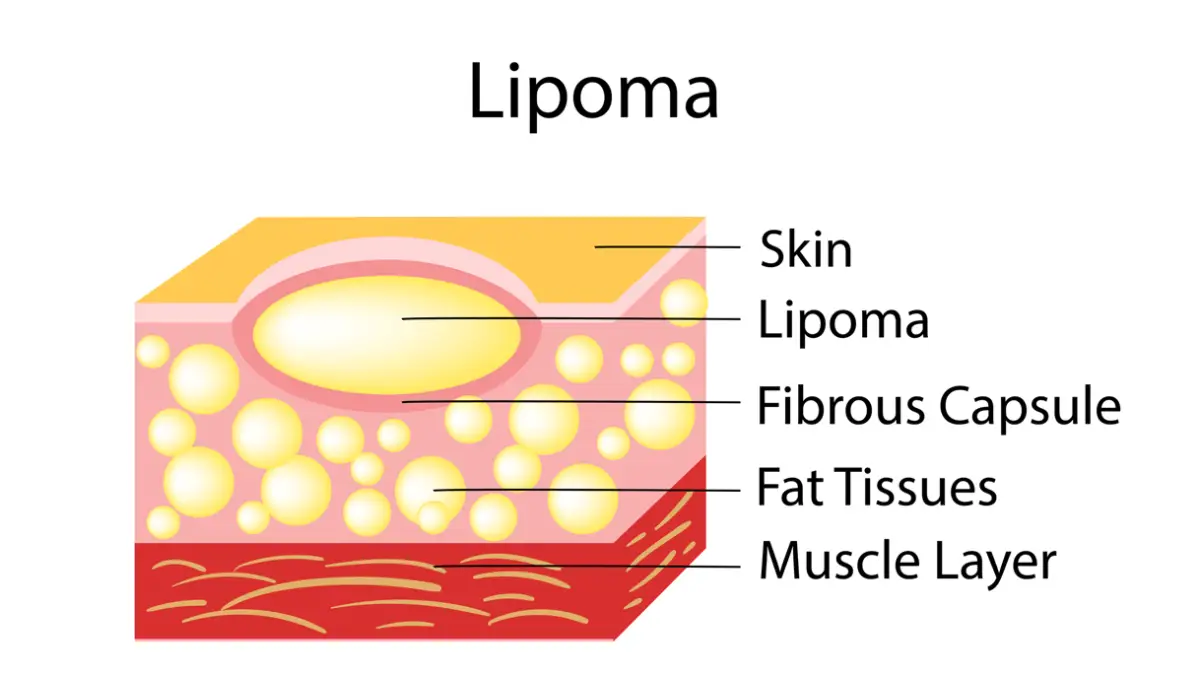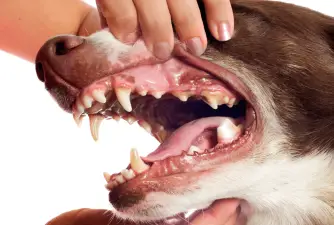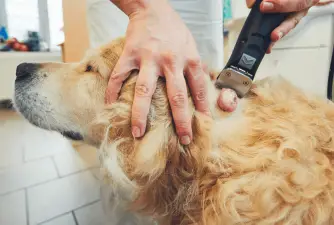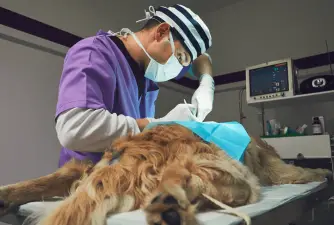Lipomas in Dogs | Causes, Symptoms & Treatment
11.12.2021.
Dog owners can become slightly overprotective of their dogs. We tend to overreact and check everything that might seem even a bit off. It isn’t surprising that all of us start panicking if we notice lipomas in our dogs. They look really scary, and the first thing we think of is - cancer.
However, is it something we should be really worried about? How dangerous are lipomas, and is there a cure? Those are the main questions you might ask your vet the first time you take your dog for a lipoma checkup. In the meantime, we will provide you with some information about lipomas in dogs.
What are lipomas in dogs?
Lipomas in dogs are basically tumors. However, they are benign. It is a tumor made up entirely of fat cells, and most of them are located just below the dog’s skin, but some can develop on the dog’s abdomen and chest. Most of them develop between the dog’s muscle fibers and places where fat is usually present.
How dangerous are lipomas in dogs?
The first question that runs through all of our minds when we find out our dogs have lipomas are, “How dangerous are lipomas in dogs?” The good news about lipomas in dogs is that they look a lot scarier than they actually are. These fatty tissue masses are not cancerous, which means they will not spread to other body tissue. They are also not fatal, nor should they cause pain to your dog.

However, there are ways in which lipomas can become uncomfortable for dogs. The primary way is fairly simple - lipomas can become very large. If they develop in anatomically unpleasant areas, the dog’s life can become uncomfortable. Imagine how uncomfortable it can be to walk with a lipoma that formed close to the dog’s hip. Still, at least the dog’s life is not in danger.
What are the symptoms of lipomas in dogs?
Usually, the main way dog owners notice lipomas in their dogs is by cuddling with them. As you pet your dog, you might feel a small, hemispherical lump under the dog’s skin. The lump will feel mobile, which means you might feel like you can move it with your fingers. The dog will have normal hair growing from the lump, and in most cases, the lump will be soft.
Another thing many lipoma cases in dogs have in common is that most dogs have many lipomas showing at once. Dogs develop it all over their body. Luckily, a large number of lipomas are not more dangerous than only one lipoma. Chances are, one of them will develop and become uncomfortable.
VET TIP: There is a cancerous version of this condition, and it’s called liposarcoma. It is a dangerous disease, so vets often ask dog owners to watch the dog’s lipoma. They will ask owners to watch for rapid growth or any significant changes in the appearance or texture of the lipoma. The sooner any problem is uncovered, the sooner the vet can react and start treatment.
How are lipomas in dogs diagnosed?
In most cases, the vet will perform a fine-needle aspiration. This is a procedure that will allow the vet to examine the cells inside the lipoma. However, those findings are not always 100% accurate. This procedure will retrieve only a tiny amount of lipoma cells, which might not represent the whole mass. The second option is a biopsy. If the vet examines the cells they retrieved and the results are inconclusive, they might ask for a more detailed biopsy analysis.

Which dogs are prone to this condition?
Unfortunately, all dogs can develop lipomas. However, some breeds seem to be more prone to it than others, and older dogs seem more affected by them. All dogs have at least some fatty tissue, and since lipomas are masses of fat cells, they can affect any breed. However, there are dog breeds that barely have any fat on their bodies, which makes them somewhat “safe” from this disease. Breeds like Greyhounds, Italian Greyhounds, or Salukis rarely develop lipomas. This condition is mainly noticed in;
What causes lipomas in dogs?
Lipomas share many similarities to cancers. One of those similarities is that we don’t fully know or understand what causes them. Most scientists believe it is a combination of various risk factors. Some of those risks are environmental, and some are hereditary. Since specific types of cancer, or in this case, lipomas, can be seen in particular breeds, vets and researchers believe there is a genetic aspect to the disease.
How are lipomas treated?
Most cases of lipomas in dogs don’t actually require any kind of treatment. These types of tumors are mostly harmless, and treatment is only necessary if they develop in uncomfortable places. The most effective way of removing lipomas is surgery.
However, vets rarely advise dog owners to go through with the procedure. The lipomas often return in the same spot, and the procedure needs to be repeated. However, lipomas that are developing in tricky areas should be removed while they’re small. The bigger they are, the more complex the procedure will be.
World Dog Finder team







Share